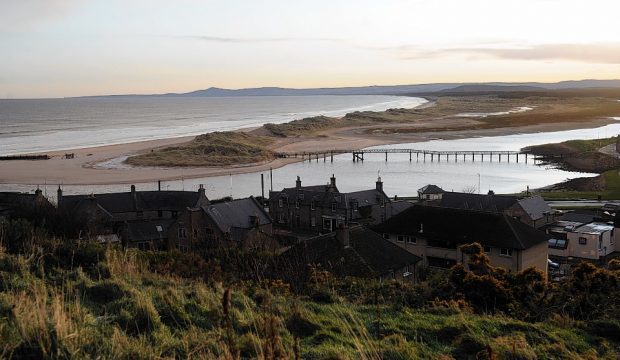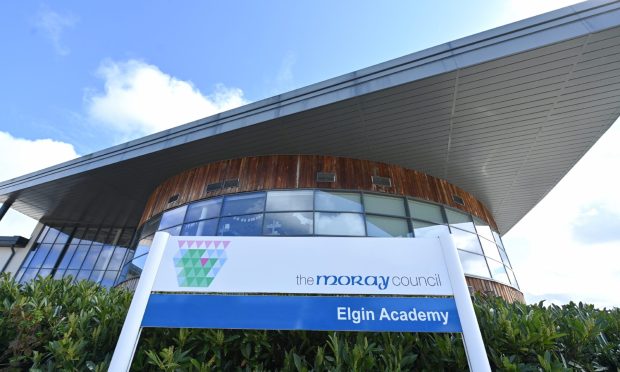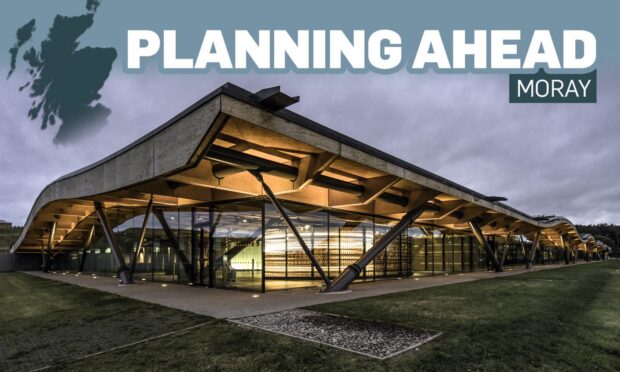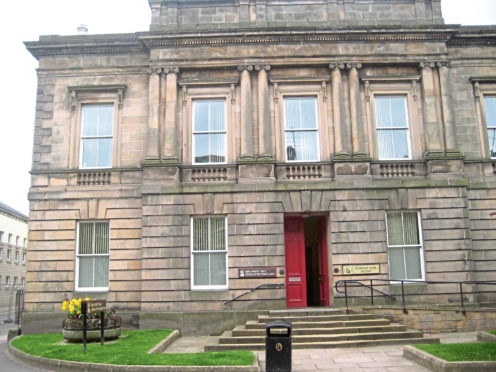House prices in a coastal Moray town soared by almost 20% between 2014 and 2015.
A new study has revealed that the average price for a home in Lossiemouth increased from £118,330 to £139,297 over the decade.
The 18% rise has been attributed to the “high quality of life” the picturesque town offers buyers.
Last night, Heldon and Laich councillor Allan Wright said the figures were a boost to the seaside town famed for its stunning views across the Moray Firth.
Mr Wright, who is also convener of Moray Council, said: “It’s not just a nice place to live, but there’s a new vibrancy within the town.
“Community groups are driving forward events like the Seafest seafood celebration, which is now in its third year and attracts growing interest.
“And there are ongoing projects that enliven Lossiemouth, such as the annual raft race and the redevelopment of Covesea Lighthouse as a tourist draw.
“The RAF base appears to be going strong, and I believe the town is set for an exciting future.”
The research, which has been carried out by the Bank of Scotland, reveals a national trend towards increasing house prices along the coast.
The bank says the average cost of being beside the seaside has rocketed by more than £40,000 in the last decade.
Fraserburgh has experienced the largest growth of any Scottish town – with prices increasing by 139%.
In 2005, the typical cost of a home in the north-east port was £63,540 but that figure had more than doubled to £151,719 last year – representing a monthly increase of £735.
The bank’s Seaside Town Review panel said seven of the top 10 coastal towns with the biggest price increases over the last decade are in Aberdeenshire.
Experts attribute the statistic to the expansion of the oil and gas sector across much of that period.
The country’s coastal towns which are most expensive to live in are North Berwick, with an average property costing £327,124, and St Andrews, where the average is £302,536.
The Bank of Scotland’s mortgage director, Nicola Noble, said: “Living on the coast offers many attractions, including a typically high quality of life and attractive surroundings.
“Whilst property in seaside towns can be more expensive than elsewhere, exceptional value for money can still be found for those searching to realise their dream of living near the sea.”










